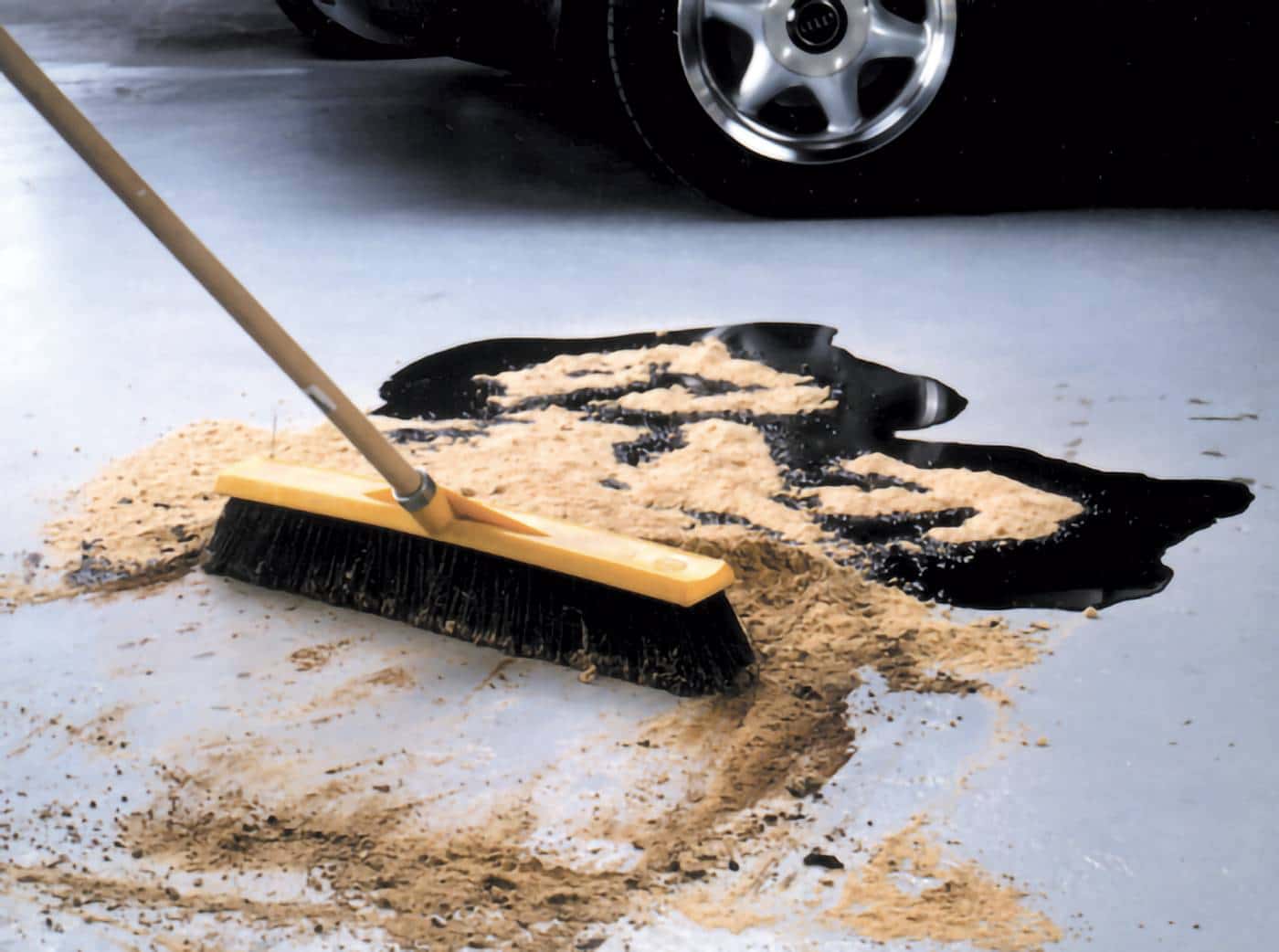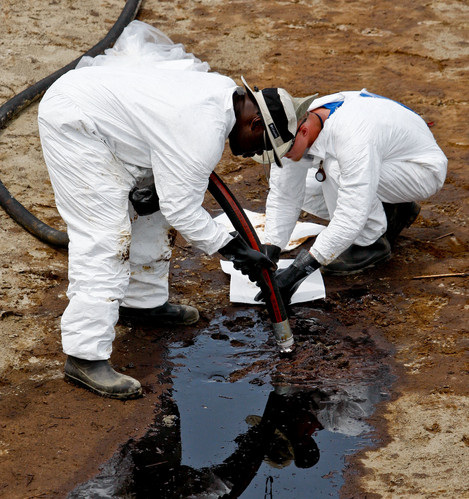Have you ever dropped a bottle of cooking oil or accidentally spilled motor oil on your garage floor? The sight of that slick, shiny mess can be enough to send shivers down your spine. You might be tempted to reach for the first cleaning solution you find, but hold on! Using the wrong product can actually make the problem worse, spreading the oil further and leaving behind a greasy residue. This guide will walk you through the safest and most effective methods for cleaning up oil spills, helping you restore your surfaces to their former glory.

Image: chatoyer.com.au
Oil spills can happen to the best of us. Whether it’s a greasy kitchen mishap, a car maintenance mishap, or a spilled bottle of motor oil in the garage, the sight of that slick, shiny mess can be enough to make you want to throw your hands up in despair. Fear not! This guide will walk you through the safest and most effective methods for cleaning up oil spills, helping you eliminate the mess and restore your surfaces to their former glory.
Understanding Oil and its Properties
Before we dive into the cleaning process, it helps to understand the nature of oil itself. Oil is a hydrophobic substance, meaning it repels water. This property makes it difficult to simply wash away with soap and water. In fact, water often just spreads the oil around, making the problem worse. Thankfully, there are specifically designed solutions and techniques to conquer these oily messes.
The Right Tools for the Job
Just like a surgeon has a specialized toolset, cleaning an oil spill requires the right equipment to effectively tackle the job.
-
Absorbent Materials: Start with a good absorbent material. This could be:
- Newspaper: This is a quick and inexpensive option, but be careful as it can tear easily with larger spills.
- Paper towels: These offer more durability, but will soak up a lot of the spill.
- Cat litter: A popular choice for oil spills, it quickly absorbs the oil and is easy to dispose of.
- Oil absorbent pads: These are specifically designed for oil spills and are highly effective.
-
Cleaning Products: You’ll need a cleaning agent designed to cut through oil. Here are some options:
- Dish soap: A gentle and readily available option, dish soap can effectively lift oil from surfaces.
- Degreaser: For heavier spills, commercial degreasers can cut through even the toughest oil. Always follow the safety instructions on the product.
- Baking soda: While not as powerful as other options, baking soda can be used for smaller spills and helps neutralize any odours.
-
Cleaning Tools: You’ll want the right tools for the task:
- Gloves: Always wear gloves to protect your hands from the oil and the cleaning product.
- Scraper: A scraper can help remove thick oil from hard surfaces.
- Broom and dustpan: For sweeping up loose absorbent material.
Step by Step Cleaning Guide
Now that you have your tools in hand, it’s time to tackle the spill.
-
Safety First: Before you begin, always ensure the area is well-ventilated. If the spill involves gasoline or other flammable substances, wear a respirator mask and avoid any open flames.
-
Containment: Your first priority is to prevent the oil from spreading further. Use your absorbent materials (newspaper, paper towels, cat litter, or oil absorbent pads) to blot up the excess oil. If the spill is on a flat surface, create a barrier around it to prevent it from running off. For smaller spills on hard surfaces, you can use a scraper to gently scrape the oil into a corner.
-
Cleaning: Once you’ve absorbed as much of the oil as possible, it’s time to clean the surface thoroughly. For smaller spills on hard surfaces:
-
Diluted Dish Soap: Mix a few drops of dish soap with warm water. Use a sponge or a cloth to scrub the area with the soap solution, removing any remaining oil. Rinse the area with clean water and repeat the process until all traces of oil are gone.
-
Degreaser: For heavier spills, apply a degreaser to the affected area, following the directions on the product label. Allow the degreaser to sit for a few minutes before scrubbing it with a brush or sponge. Rinse thoroughly with warm water.
-
-
Drying: Let the cleaned area dry completely. If you’re concerned about staining, consider using a dry cloth to blot up excess water.

Image: chemistryofoilspills.weebly.com
Expert Tips and Tricks
To streamline the cleaning process and ensure the best results, here are some expert-approved tips:
- Acting Fast: The sooner you address the spill, the easier it will be to clean. Don’t let it sit for hours or days, as oil can penetrate surfaces and become much harder to remove.
- Cold is your Friend: For fresh spills on solid surfaces, apply ice to solidify the oil, making it easier to pick up.
- Cleaning Cloth Method: For large areas, soak a cleaning cloth in your chosen cleaning solution. Place the cloth over the spill and let it sit for a few minutes to allow the cleaning agent to work its magic. Then, gently scrub the area to remove any remaining oil.
How To Clean Up Oil Spills On Floor
Final Thoughts
Dealing with oil spills can be a messy affair, but with the right tools and techniques, you can restore your surfaces to their original condition. Remember to prioritize safety, absorb as much of the oil as possible, and choose the right cleaning agent for your needs. You’ll be back to enjoying your clean and oil-free surfaces in no time!






